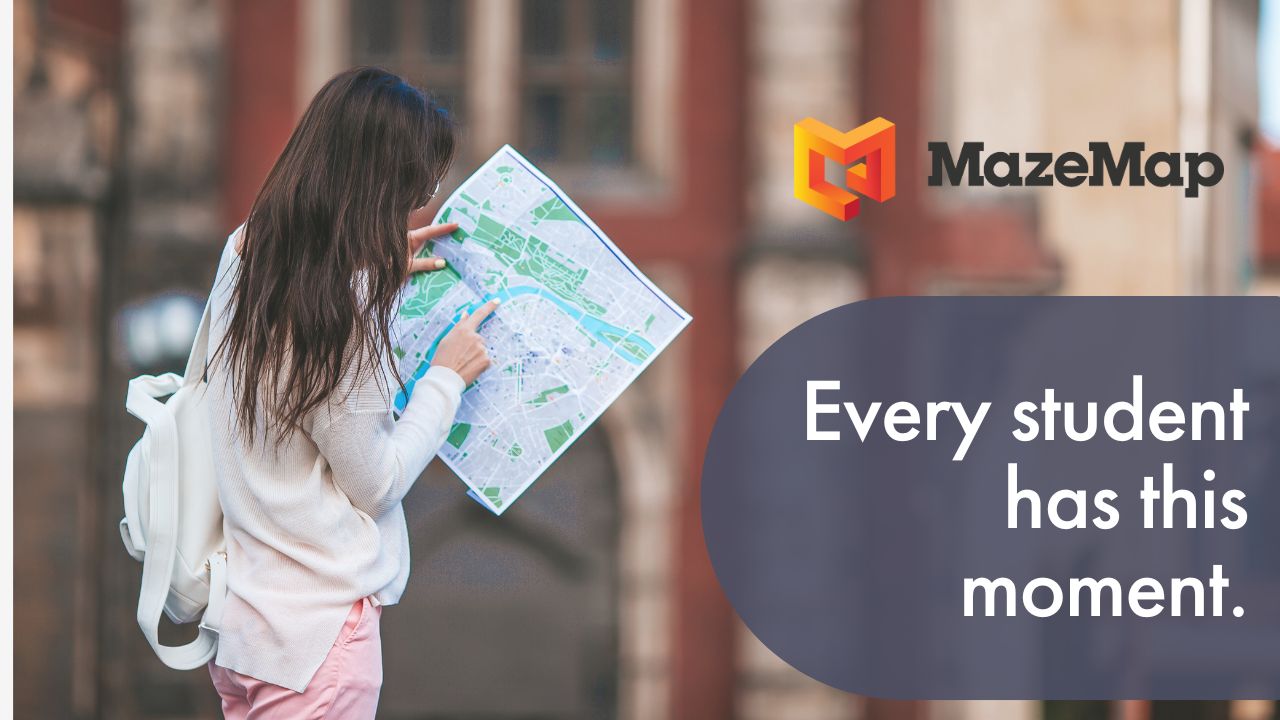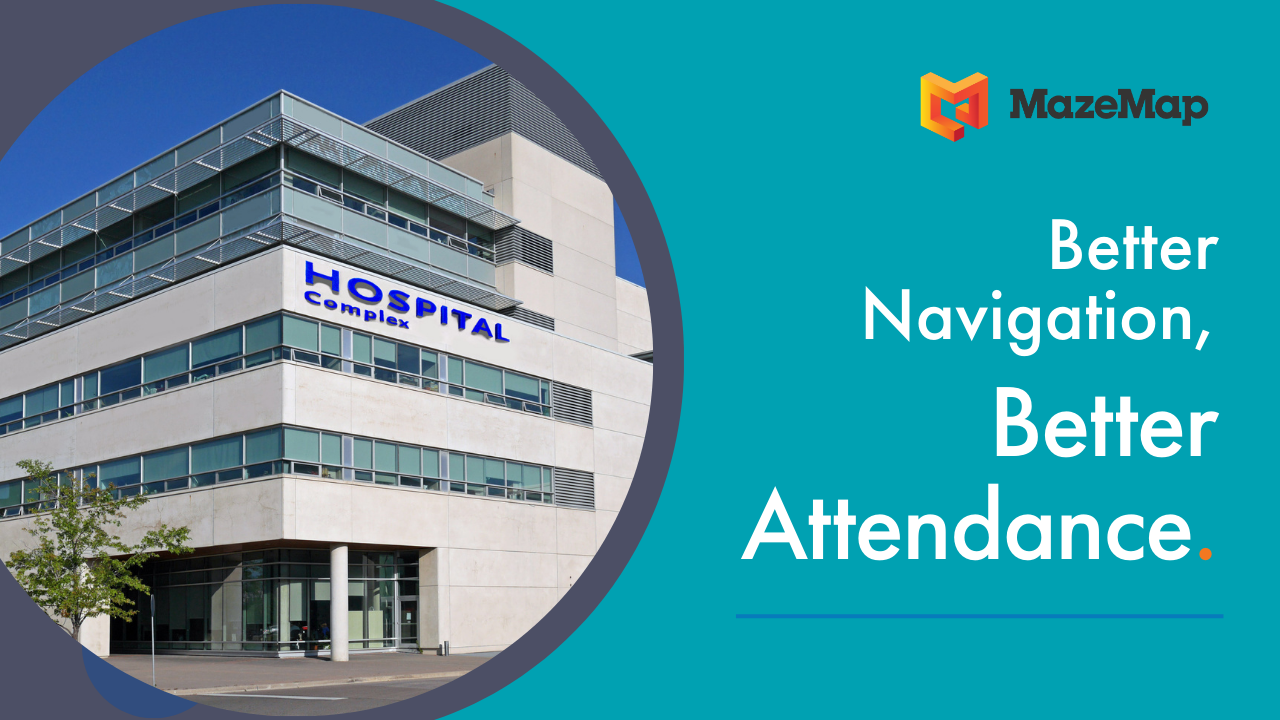
In today’s world, outdoor maps are a necessity. Mapping applications come pre-installed on our smartphones and we use them regularly to help us locate new places. But what about when it comes to finding our way inside? With outdoor-only map providers, once we’ve found our way to the right building we are left stranded outside. This is partly because the GPS signals can only travel through so many layers in the building, but also because they're not accurate enough to guide us to an exact 10 square meter room.
Given that large parts of our day-to-day lives are spent indoors, it’s more important than ever to provide applications that help us to find our way once we are inside large complex buildings - such as our office, university campus or hospital.

With an indoor mapping platform like MazeMap, users can combine indoor and outdoor directions so that they can navigate from their home, right up to a specific location inside of a building or campus. In addition to this, map users can find available spaces to book (including meeting rooms and desks), track important assets with RTLS, or see other types of data, such as room temperature, humidity, and CO2 levels.

Another benefit of our indoor mapping platform is that it gives you a base on which to visualize data. It can be integrated with third-party applications, such as alarm systems or systems for smart building management. It can also be integrated with Facilities Management Systems (FMS) to make sure that building data is automatically kept up-to-date.
Having your indoor space mapped out also means that you can visualize bookable spaces, such as meeting rooms or desks. With MazeMap, users can locate the closest available workspaces, book them, and have the appointment show up in their Google or Outlook 365 calendars. Solutions like these are genious for offices, where they are able to plan out their day much more efficiently, and reduce the time rooms and desks go unused.
Summary
Ultimately, MazeMap’s goal is to make indoor maps a part of the basic infrastructure for all large buildings. When a building implements indoor mapping, there are a number of benefits for both the end-users and the building managers. Indoor navigation gives building users an improved user experience. Knowing exactly where to go and where to find things reduces stress, uncertainty, and saves time, thus helping building users to be more efficient and productive. On the other hand, building owners are able to maximize the utilization of their space and have a better overview of the status of their building.
If you've made it this far, why not check out our brand new video, showing these solutions in a university setting:
If you're interested in learning more about how indoor maps can benefit your organization, reach out today for a non-committal chat.
Connect with us on LinkedIn | Follow us on Twitter











